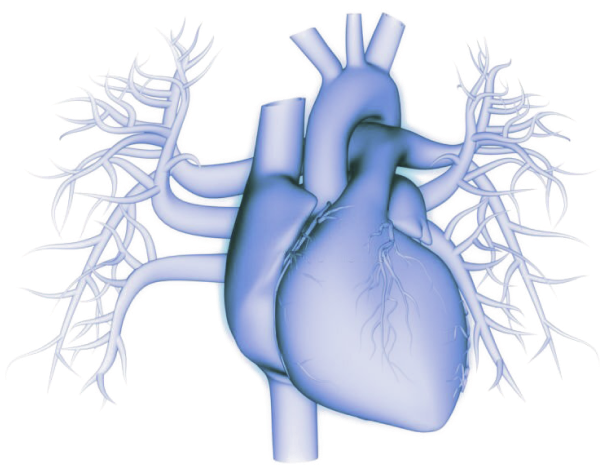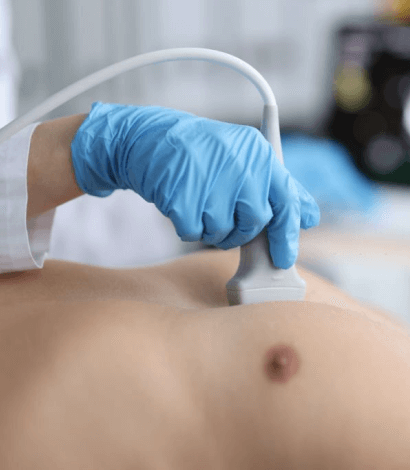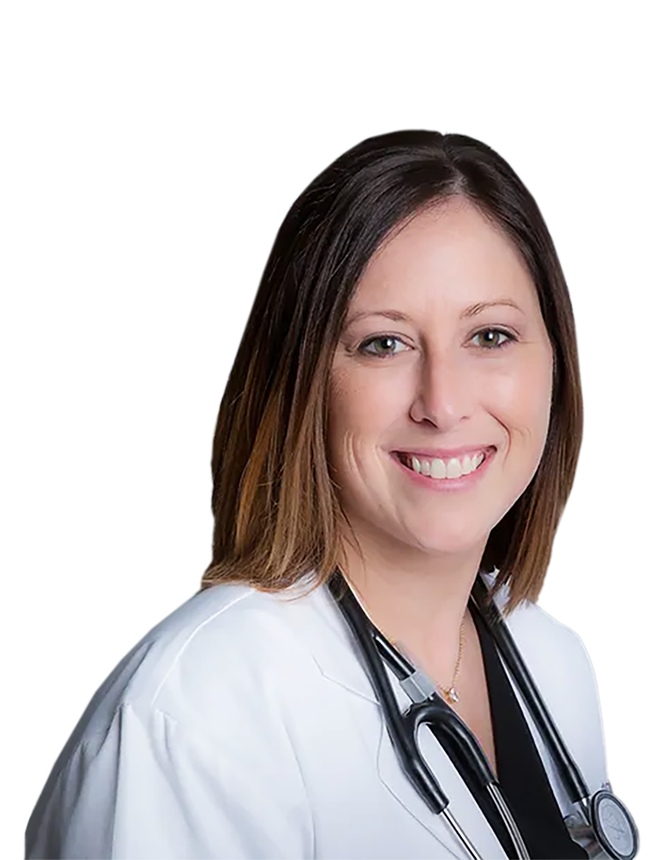Conditions & Symptoms
Clinical Cardiology

Cardiac Imaging and Diagnostics
Electrophysiology
Invasive & Interventional Cardiology
Vein & Vascular Care
Procedural Lab
(In-Office)
Preventive Services
CVM Locations
Heart Attack
Heart Attack Symptoms & Causes
The underlying cause of a heart attack doesn’t develop overnight. Family history can play a role, but the primary catalyst is coronary heart disease (CHD). CHD is a condition in which fatty cholesterol-containing deposits called “plaques” build up in the arteries over time. This build-up of plaques is known as “atherosclerosis”. In some cases, a plaque build-up can rupture, forming a clot that blocks blood flow.

How Heart Attacks Are Diagnosed
If you suspect that you may be having a heart attack, call 911 and seek immediate professional medical attention. If you suspect that you may be at risk for developing a heart attack, don’t delay scheduling an appointment. There are numerous tests that can be performed to get a better sense of your heart health, risk level, and need for additional heart attack treatments, such as:
- Diagnostic Tests
- Imaging Tests
- Blood Tests
Heart Attack Treatments
Your treatment plan may begin with prescription medications, including anti-clotting medications (also referred to as blood thinners) such as oral anticoagulants, antiplatelets, and heparins. Blood thinners make components in your blood less “sticky” to inhibit the formation of blood clots. Other medications include:
- Nitroglycerin: relaxes and dilates blood vessels to increase the supply of blood and oxygen to the heart while reducing the heart’s workload.
- Clot-busting medications: intravenous (IV) medications typically given within the first 12 hours after a heart attack and cause blood clots to break down.
- Antiarrhythmic medications: works to address irregular heartbeat.
More on Heart Attacks
Understanding the Symptoms of a Heart Attack
Heart attack symptoms may begin days, or even weeks, before the actual event occurs, which is why early detection is crucial to prevention. Studies show that men and women experience many of the same symptoms, but men typically feel chest pain first, while women will often develop shortness of breath and nausea. Early warning signs of a heart attack include:
- Chest pain or discomfort
- Shortness of breath
- Feeling weak, light-headed, or faint
- Pain or discomfort in the jaw, neck, or back
- Pain or discomfort in one or both arms or shoulders
You may also experience symptoms of a mini-heart attack. These include:
- Chest pain that lasts more than 10 minutes
- Nausea and vomiting
- Fainting
- Fatigue
- Sweating
Age, diet, lack of exercise, obesity, and other medical and non-medical factors can increase your risk of a heart attack. The risk of heart attack increases significantly for men at age 45 and for women at age 50 (post-menopause). Other risk factors include:
- Diabetes
- Excessive alcohol consumption
- Family history of heart disease
- High cholesterol
- High blood pressure
- Smoking
- Stress
Types of Tests for Determining a Heart Attack
Diagnostic Tests
Diagnostic tests detect and record the electrical activity in your heart to determine if you have an irregular heartbeat. Your doctor may recommend any of the following:
- Electrocardiogram (ECG or EKG): This is the first test that is run to diagnose a heart attack. Sticky patches (electrodes) are attached to your chest to record electrical signals as they travel through your heart.
- Chest X-ray: A chest X-ray shows the condition and size of the heart and lungs.
- Echocardiogram: Ultrasound waves create images of the moving heart. This test can show how blood moves through the heart and heart valves, and identify damage.
- Coronary catheterization (angiogram): A long, thin tube (catheter) is inserted into an artery, usually in the leg, and guided to the heart. Dye flows through the catheter to help the arteries (and potential blockages) show up more clearly during the test.
Imaging Tests
Imaging tests pinpoint the location of a clot by creating images (often very detailed) of your heart. These tests include:
- Cardiac CT: X-rays used to evaluate the structure of the heart and alert your doctor to problems with your valves, arteries, or aorta.
- Cardiac MRI: uses a magnetic field and radio waves to detect areas of the heart that have been damaged. A heart MRI also shows how well your heart’s chambers and valves are working, as well as the quality of blood flow.
Blood Tests
Blood tests may also be ordered to determine if you’ve had a heart attack in the past. A blood test looks for specific chemical markers called “heart proteins” that can leak into the blood after a heart attack has occurred.
Common Side Effects of Heart Medications
The most common risks and side effects associated with heart medications include:
- Headache
- Dizziness
- Stuffy nose
- Back and leg pain
- Diarrhea
- High potassium levels
- Fluid buildup—swelling
Surgical Procedures Available to Help Repair Heart Damage
In more serious cases, your doctor may recommend surgical intervention to repair or replace damaged valves and arteries and restore blood flow. At CVM, we specialize in the most advanced procedures to treat heart attack symptoms before they escalate, including:
- Angioplasty
- Radiofrequency Ablation
- Stent Placement
- Valve Replacement
- Atherectomy
- Bypass Surgery
Many of these procedures involve inserting a catheter directly into a blood vessel to clear a blockage. In some cases a stent is placed at the site of the blockage to help keep the affected artery open. Another option your doctor might recommend is a coronary bypass. Bypass surgery is more invasive than other procedures, and is done to reroute blood to healthier arteries.
Meet Your Illinois and Iowa
Cardiovascular Physicians
In Search of Care? Request a Consultation Today



